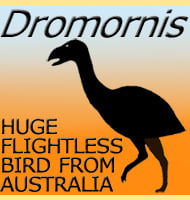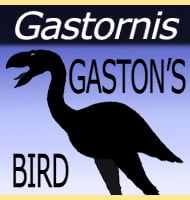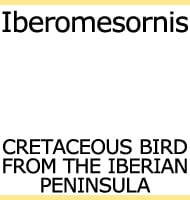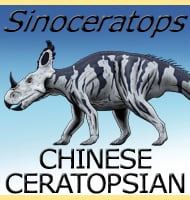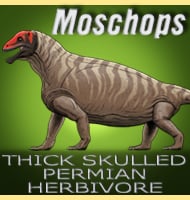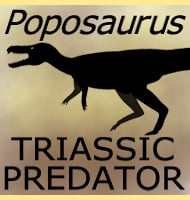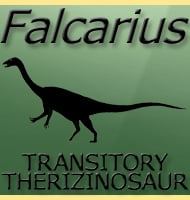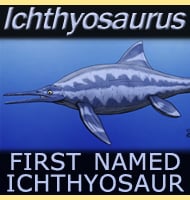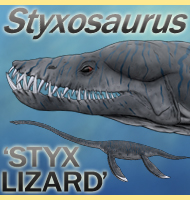In Depth
Pakasuchus is a genus of small notosuchian crocodylomorph that lived in Africa during the early Cretaceous. What are most notable about Pakasuchus are the teeth which are multicusped and very mammal-like, so much so that they look more like those of a mammal than a crocodile. Pakasuchus seems to have lacked large osteoderms on the body which may have helped increase speed and agility, however they are known on the tail. So far it is unknown why the tail would have them when the body did not.
As a ziphosuchian crocodile, Pakasuchus would have been related to genera such as Adamantinasuchus, Yacarerani and Mariliasuchus amongst others.
Further Reading
- The evolution of mammal-like crocodyliforms in the Cretaceous Period of Gondwana. - Nature 466:748-751. - P. M. O’Connor, J. J. W. Sertich, N. J. Stevens, E. M. Roberts, M. D. Gottfried, T. L. Hieronymus, Z. A. Jinnah, R. Ridgely, S. E. Ngasala & J. Temba - 2010.

